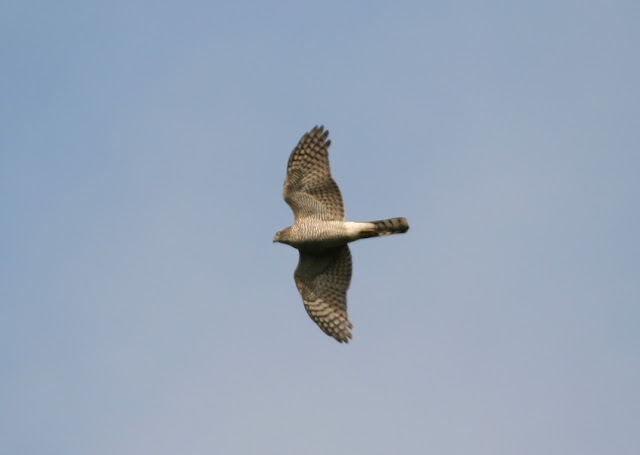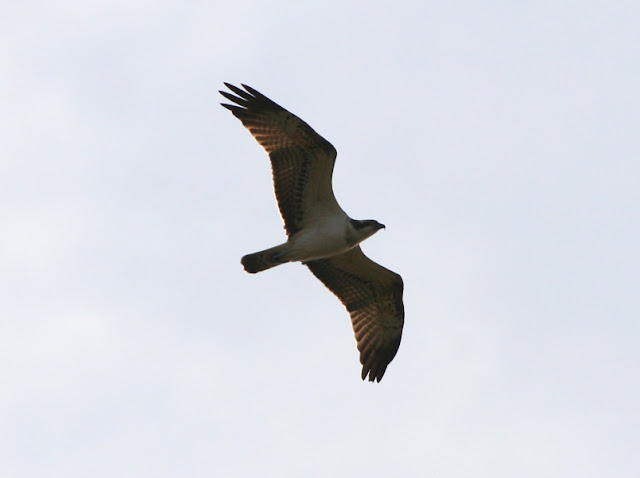The first update for some time, for which I apologise, mainly due to the fact that I have not done any trapping since the warm spell in early October. In addition, there were other very time-consuming events, including trying to replace the old boiler....no, not a reference to any attempts to change my marital status, but more to vast amounts of cash spent on a temperamental heating system that defies all attempts to burst into life as and when I need the heat! The boiler has now been replaced (thanks Mother!) just in time for this unseasonal mild weather......hoorah!
So, forgive my indulgence, but time for a bit of a look back on the year so far. Moth trapping has been the most successful year yet in Yorkshire, with 10,290 moths of 429 species for the year, considerably more than the totals achieved in the previous 5 years, but still only just similar numbers to my annual Dorset garden year-list. This was obviously assisted by spending 45 nights out and about in the county from late February to early October, an increase of 10 nights on the previous two years.
Other than a few days trapping in Ireland and a brief foray to Dorset, the highlights for me in Yorkshire were as follows:
Of the scarcer micros, the rare but strikingly pied Ethmia quadrillella at Kilburn on 2nd June; four Epinotia demarniana from three sites in the Pilmoor area 12th June to 10th July; singles of Eucosmomorpha albersana and Cydia coniferana at Kilburn on 2nd June; four of the reed-dwelling Calamotropha paludella at Staveley 2nd and 13th August; five Phlyctaenia perlucidalis at Staveley on 26th June and 3rd July.
A Poplar Lutestring at Kilburn on 11th May, the most westerly of about ten previous records in Yorkshire; single Birch Mocha in Pilmoor area on 7th June and 14th July; singles of the beautiful Clouded Magpie at Kilburn on 25th June, and by day near Scawton on 6th June. Brindled Beauty is a scarce moth in Yorkshire , so six in a wood near Helmsley on 22nd April was a record count; Red-necked Footman consolidated its arrival in the County with three at Kilburn on 2nd June; unprecedented numbers of Four-dotted Footman with a maximum of 103 at Sessay wood on 2nd July.
Targeting Aspen in the spring produced a Lead-coloured Drab at Pilmoor on 21st March; a total of 15 Angle-striped Sallow from five sites, unusually including Brimham Rocks, 2nd July to the 4th September; Mere Wainscot recorded from two sites at Pilmoor/Sessay, the first here since first recorded in 1968, and the most northern records of a patchy distribution in the UK.
Speculative trapping on Dallowgill Moor in less than ideal weather produced a Haworth 's Minor on 1st October; Autumn trapping at Staveley produced some good reed-bed species including a Crescent on 2nd and 13th August, two Brown-veined Wainscot on 13th August, and a Blackneck on 3rd July; an Anomalous at Brimham on 2nd September was new for the site.
As far as birding went, no real surprises due very little effort, although had some extremely enjoyable birding in Ireland USA and Canada
What 2012 holds is full of uncertainty…..as Pessi-mystic Meg says "we're doomed!"






























































